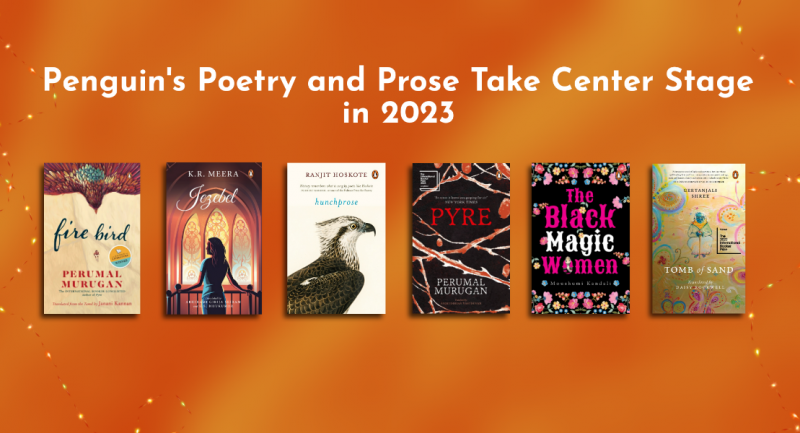
India may widely be acknowledged as one of the fastest-growing major economies in the world, but how can this vast, diverse and heavily populated nation sustain growth prospects? Game India offers a decisive answer.
Through chapters, at once ambitious and engaging, it outlines seven key unrealized opportunities India can pursue to remain a leading player on the world economic superhighway.
Here are some crucial highlights from the book:
Dairy Sector:
Milk production in India is increasing at a compounded annual growth rate (CAGR) of 5 per cent compared to 1 per cent for the world. Many global research companies have said that the growth of milk production in India is only 4.5 per cent and that demand is outstripping supply. But the truth is quite the opposite. It would appear that many of these stories are aimed at creating a scare among India’s policymakers so that they allow milk imports, even without canalizing it through the NDDB. Fortunately, thanks to the efforts of India’s large milk players, and some savvy policymakers, such stories have been discounted.
Small and Medium Enterprise (SME) Sector:
All the data collected so far confirm that in India it is the small units that generate more profit and even account for a bulk of employment (see chart on results of census of micro, small and medium enterprises). As the numbers indicate, almost 95.7 per cent of the units in India are from the unregistered sector. These units account for almost 88 per cent of the jobs in the country. What is also impressive is that these units often borrow from informal sources—often at interest rates ranging from 24 per cent to 36 per cent per annum—and still generate profits. These units are often referred to as the micro, small and medium sector enterprises (MSME).
Manpower Export:
It is quite possible that manpower exports will become one of the strategies India will pursue in its quest for global leadership. This is because there is a great likelihood of India, China and Russia becoming the most important players in the world. Should they care to work together, the global axis itself will veer towards these three countries. The numbers suggest that such an alignment may not be totally irrational.
Water and coastlines:
India has a tremendous advantage because of its 7500-km long coastline. This benefit alone could push up India’s GDP by 1 to 2 per cent year after year, improve its coastal security and create employment for countless millions.
Game India is essential reading for every Indian looking ahead.









